Must Have Telehealth App Features You Definitely Need!
Ditstek Blogs
Have you noticed how telehealth apps have become so incredibly popular in the last few years? Telehealth apps have existed for many years, but when the COVID outbreak took place, these applications soared to new heights of popularity. And it’s easy to understand why- it’s because these apps offer a convenient and accessible way for patients to receive healthcare services from the comfort of their own homes.
And the best part is that these apps come with a slew of amazing features that make the process even easier and convenient. In this post, we are going to discuss some of the best and must-have features of telehealth applications.
Before we proceed, let’s show you what robust, responsive apps look like! Check out this amazing project summary for a comprehensive telehealth application we developed recently at DITS. Click on the study below to learn all about our agile processes and strategic methodologies that helped make this project a success!
Comprehensive Telehealth Platform Transforming Virtual Patient Care
We have developed a comprehensive Australian telehealth platform offering appointment booking, e-prescription management, video consultations, and seamless integration with healthcare systems for efficient care.
Telehealth Market Size
According to a recently conducted study from a reliable source, the telehealth market size is projected to grow to $590 billion in 2032 from $97.7 billion in 2024.
Key Features for a Successful Telehealth Applications

Video And Audio Communication
The most important feature of any telehealth app is the ability to have a live video or audio conversation with a healthcare provider. This feature allows patients to receive medical advice and care from the comfort of their homes. The quality of the audio and video should be high, with minimal lag and clear audio. This feature allows for remote consultations, diagnosis, and treatment recommendations, making it possible for patients to access care regardless of their location.
While developing, healthcare app developers should enhance audio and video by:
- Optimizing the app for low bandwidth networks: One of the most significant challenges in offering telehealth services is the quality of Internet connectivity. Many patients and healthcare providers still don’t have access to high-speed internet connections. Thus, the app can be optimized in a way that it provides a smooth video and audio experience, even on low bandwidth networks. For this, adaptive video streaming technology can also be used, which adjusts the video quality to the available bandwidth.
- Utilizing the latest video and audio codecs: Healthcare software developers can use the latest video and audio codecs to ensure that the telehealth app provides high-quality video and audio. Codecs compress video and audio data, making it easier to transmit over the internet. These codecs can be used to provide high compression rates without compromising the video or audio quality.
- Implement echo cancellation: Echo cancellation is a technique that eliminates the echo that occurs when the sound from the speaker is picked up by the microphone. This is a common issue in video conferencing and can interfere with the communication flow. If this technology is implemented in a telehealth app, it can ensure that the sound heard by the patients or doctors is clear and devoid of echoes.
Electronic Health Records (EHR) Integration
Integrating EHR with telehealth apps can help streamline the process for both patients and healthcare providers. This feature allows healthcare providers to access a patient's medical history, medication lists, and previous diagnoses, and access other important information. This enables them to provide more accurate diagnoses and personalized treatment plans. By integrating EHR with the telehealth app, patients can share their medical information securely and efficiently, which eliminates the need for manual data entry.
Transform Your Healthcare Business with Our Telemedicine Solutions!
Real-Time Medical Image Sharing
Real-time medical image sharing is one of the best features offered by top telehealth companies today. It allows healthcare providers to share medical images such as X-rays, CT scans, and MRIs with patients in real-time. Furthermore, it allows patients to receive a more accurate diagnosis and a treatment plan without the need for an in-person appointment. With real-time medical image sharing, doctors can also discuss the images with their patients and answer their questions.
Appointment Scheduling And Reminders
A telehealth app should have an easy-to-use scheduling system for patients to book appointments with healthcare providers. The app should also send reminders to patients before their scheduled appointments. This feature can help reduce the number of missed appointments, improve the patient experience, and increase patient satisfaction. With an appointment scheduling and reminder system, patients can stay on top of their healthcare needs and receive timely care.
Remote Patient Monitoring

Remote patient monitoring allows healthcare providers to monitor patients’ health status from afar. This feature is particularly useful for patients with chronic conditions or those recovering after surgery or operation. Remote monitoring can help detect early warning signs of complications and prevent hospitalization. This feature allows for continuous monitoring of vitals, such as blood pressure, blood sugar, heart rate, and oxygen saturation. Healthcare institutes can use this data to make informed decisions about the patient’s care.
Want to see it in action? Have a look at our project insights from a seamless RPM platform we delivered to a very special client at DITS. Read through to understand the real-life implementation of RPM and the advanced technologies we leveraged in the process.
Saas-Based Iot Remote Patient Monitoring Platform
We have developed a SaaS healthcare IoT platform enabling chronic condition management through remote monitoring, patient engagement, and HIPAA-compliant data security.
Prescription Refill Requests
A telehealth app should allow patients to request prescription refills from their healthcare provider easily. The app should notify the provider of the refill request and allow them to approve or deny the request. This feature can help patients manage their medication and avoid running out of prescription medications. It can also reduce the number of phone calls or in-person visits patients need to make to their health professionals. Thus, not only it saves time for both the patient and the doctors, it also ensures that patients’ health is never compromised due to late delivery of medication.
Secure Messaging
Secure messaging allows patients to communicate with their hospital or medical professional in a secure and private manner. They can ask questions about their health, share concerns, or provide updates on their condition. Healthcare providers can respond with advice or recommend further care as needed. This tool can help patients receive help whenever they need and get their health-related concerns addressed without having to book appointments.
Encryption
One thing to remember here is that security is a critical aspect of all telehealth services. Thus, when developing a telehealth app, the devs can enhance its security by using encryption to protect the video and audio data. Encryption ensures that the data transmitted between the patient and healthcare provider is secure and cannot be tapped into by unauthorized agents such as hackers and cyber criminals.
PGHD
PGHD or Patient-Generated Health Data offers valuable information that can help doctors and other medical professionals to better understand their patients' health status and make more informed treatment decisions. In telehealth solutions, PGHD is used in a variety of ways to improve the quality and effectiveness of care. Here are some examples:
- Monitoring chronic conditions: Patients with chronic conditions such as diabetes or hypertension can use wearable devices to track their vital signs, such as blood glucose levels or blood pressure. This data can be sent to their healthcare provider in real-time, allowing for more proactive management of their condition.
- Supporting mental health: Mobile apps for mental health can be used to track mood, sleep patterns, and other factors that may impact mental health. This data can be used to identify patterns and triggers that may lead to mental health issues and help patients to manage their symptoms.
- Personalized care plans: By combining PGHD with other data sources such as electronic health records (EHRs), healthcare providers can create personalized care plans for their patients. This can help to ensure that patients receive the right care at the right time, and can improve outcomes and reduce costs.
Enhance Patient Care with Our Telemedicine Application Services!
Wearable Device Integration
Wearable devices have become really popular lately as people want to keep track of their health and fitness. Wearable device integration is another advanced feature in telehealth app development. It allows for fitness trackers and smartwatches to collect data on patients' physical activity, sleep, and vital signs.
This data is then used by healthcare providers to monitor their patients' health status, provide preventive care, and manage chronic conditions. Plus, using wearable devices can also help patients stay engaged and compliant with their medical treatments.
Here are some ways in which wearable devices are used in telehealth apps:
- Vital signs monitoring: Wearable devices can track vital signs such as heart rate, blood pressure, and oxygen levels. This information can be sent to healthcare providers in real-time which makes proactive management of patients' health possible.
- Remote patient monitoring: Patients who are recovering from surgery or managing a chronic condition can be equipped with wearable devices for remote monitoring. Patients can report symptoms and vital signs, and healthcare providers can monitor their progress and intervene as needed.
- Fitness and activity tracking: A variety of factors that impact health such as physical activity, sleep patterns, etc. can also be tracked with wearables. The data shared by these devices can be used to encourage patients to make healthy lifestyle choices and manage chronic conditions.
- Medication reminders: Patients can be easily reminded to take their medication at the right time with the help of wearable devices. This can be particularly helpful for patients who take multiple medications or have complex medication schedules.
- Fall detection: Some wearable devices are equipped with sensors that can detect falls. This can be particularly helpful for older adults or patients with mobility issues who are at risk of falling.
- Personalized care plans: By combining wearable device data with other data sources such as electronic health records (EHRs), healthcare providers can create personalized care plans for their patients. This can help to ensure that patients receive the right care at the right time, and can improve outcomes and reduce costs.
Chatbots

Chatbots are computer programs that use artificial intelligence to communicate with users. These programs can answer patients' questions, provide medical advice, and assist with appointment scheduling. These programs can also provide personalized recommendations based on patients' health data and preferences. Healthcare providers can use advanced chatbots to provide round-the-clock support to their patients, improving patient satisfaction and engagement.
Summary
To sum it up, telehealth apps have become important for countless people across the globe who don’t have access to conventional healthcare services and for good reason! So all the popularity and hype Telehealth apps are gaining is well-deserved ; in fact, it is likely to shoot up in the time to come.
As a healthcare provider, it is essential to look for the above-mentioned features during your telehealth application development to offer your patients the best possible remote care. We hope you found this to be a helpful read. To get custom development solutions for telehealth applications, talk to us! We have also posted a blog on our website with a detailed analysis of telehealth app development costs. Visit our blog to learn about the factors affecting the development cost of your telehealth app.

Nidhi Thakur
With more than 19 years of experience - I represent a team of professionals that specializes in the healthcare and business and workflow automation domains. The team consists of experienced full-stack developers supported by senior system analysts who have developed multiple bespoke applications for Healthcare, Business Automation, Retail, IOT, Ed-tech domains for startups and Enterprise Level clients.
Recent Posts
Get in touch
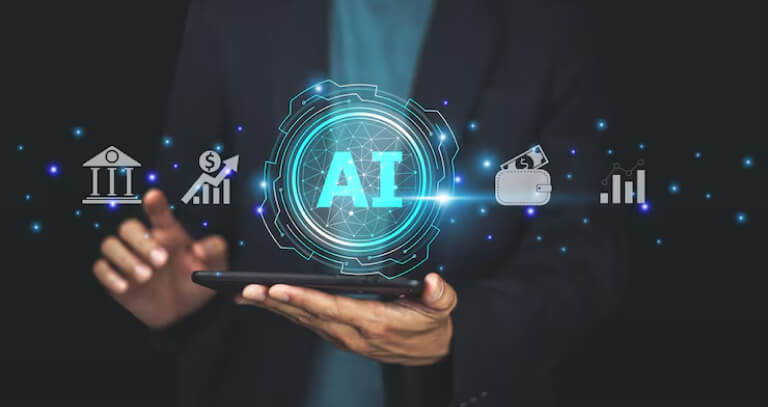
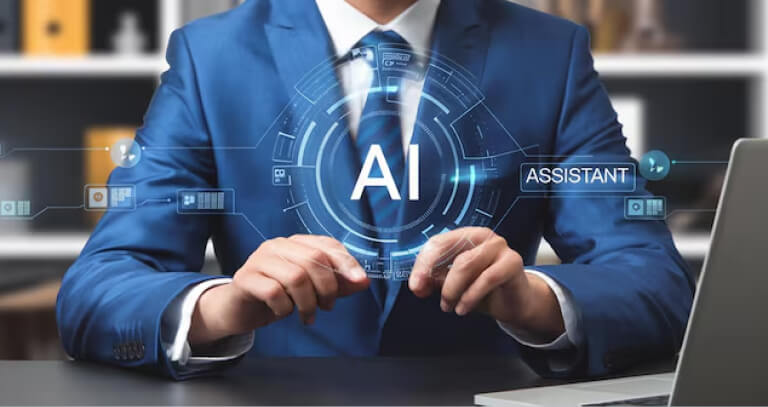
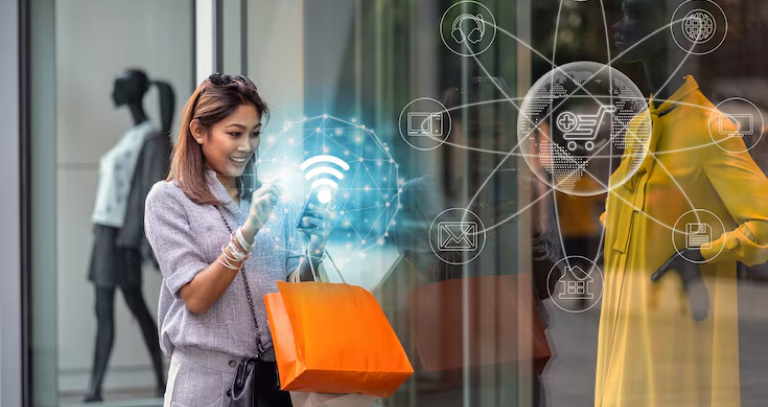
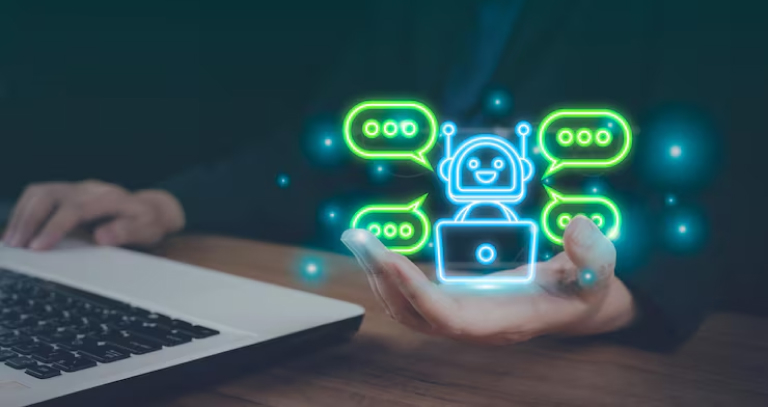
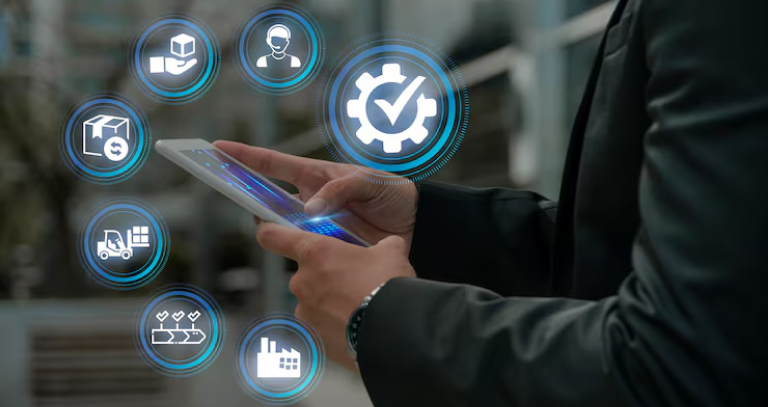
.jpg)

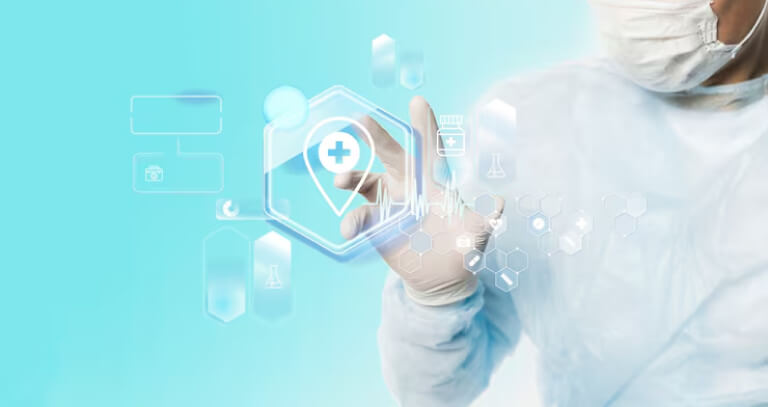
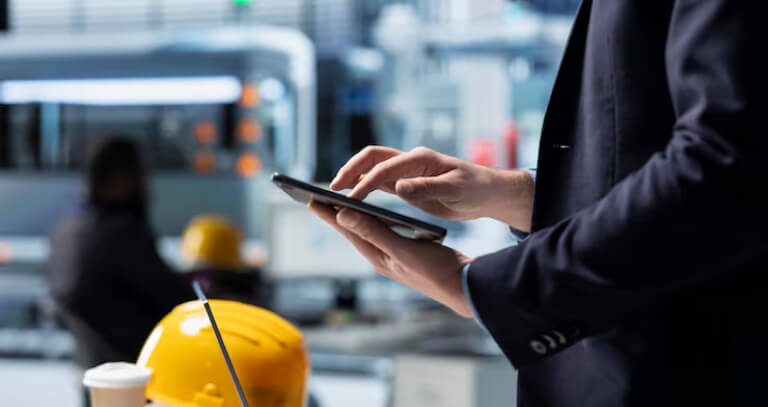
 Calgary | Edmonton | Vancouver | Toronto
Calgary | Edmonton | Vancouver | Toronto Marriott Downtown Hotel | Calgary
Marriott Downtown Hotel | Calgary